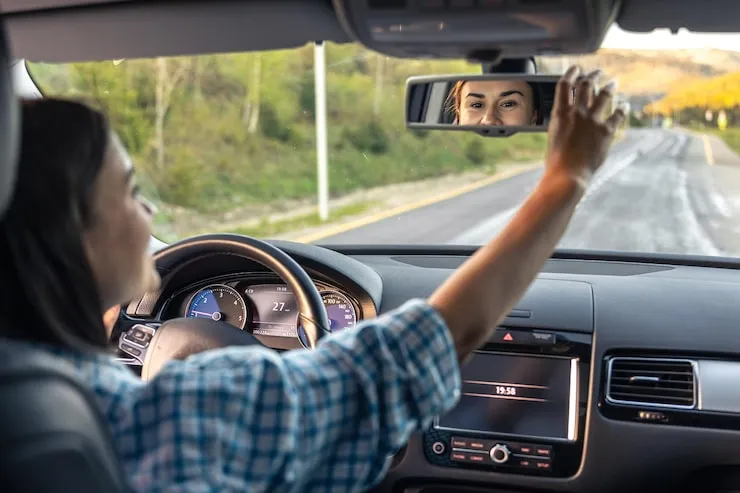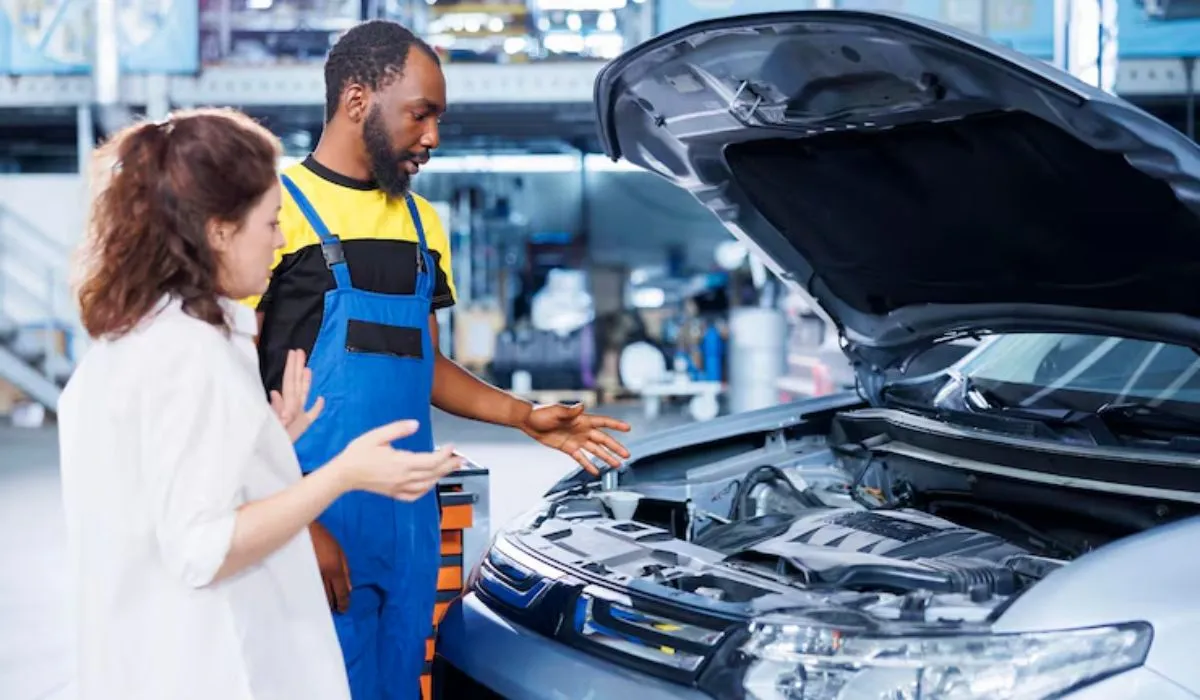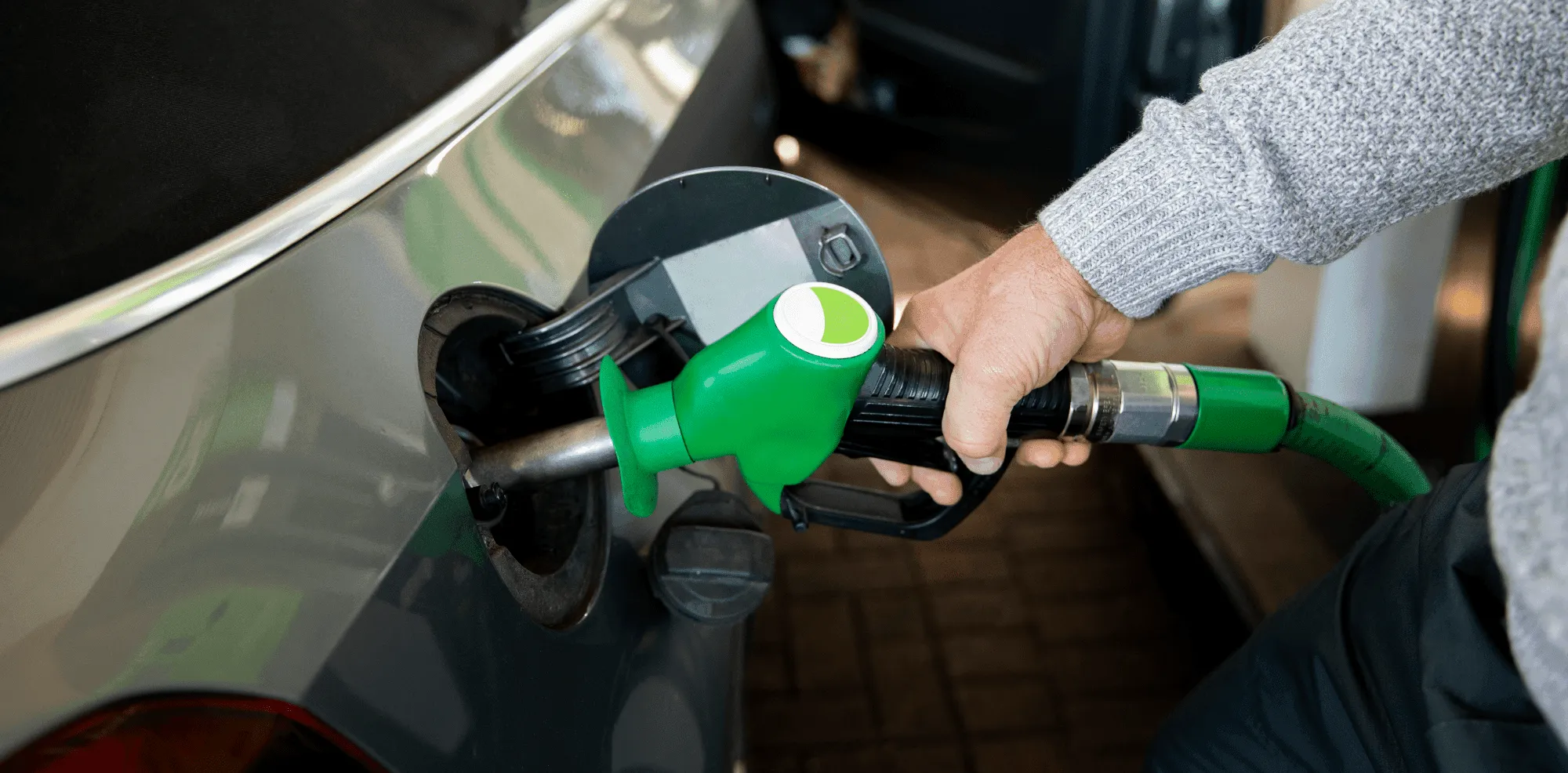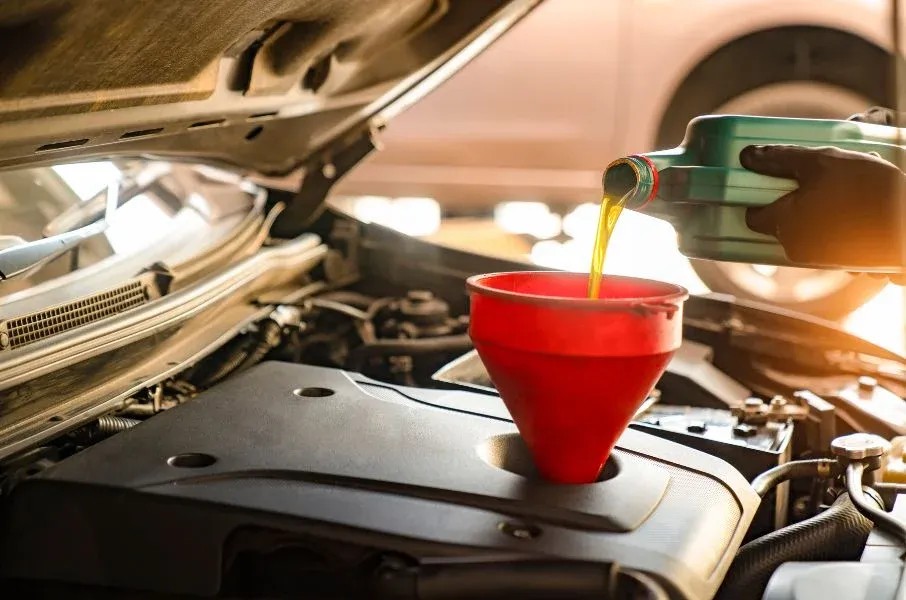For teenagers, obtaining a driver's license is a priceless milestone. Parents also benefit greatly from it as they don't have to spend time taking their kids somewhere. However, operating a vehicle alone yourself or your kid might be rather unsettling.
Here are 22 suggestions for new drivers to maintain their confidence and safety while driving, whether you're a new driver yourself or the parent or guardian of a young driver. For those who have been driving for a long time, they are also excellent refreshers.
1. Practice, practice, practice
Sliding into the driver's seat is the finest method to settle down behind the wheel. According to study, teens who practice driving under the supervision of an adult, such as a parent, are less likely to be involved in an accident.
Take the automobile to a quiet route with less traffic before venturing into a major highway or meandering through the city streets. Practice utilizing the blinkers, stopping, turning, and accelerating while keeping an eye out for distractions. Before tackling more difficult traffic scenarios, get familiar with the fundamentals and allow yourself the opportunity to make errors in a low-pressure setting.
2. Adjust mirrors
Make sure to adjust the mirrors before you even start the vehicle. Ensure that the side mirrors reflect what's going on beside the vehicle and that you can see out the rear window with ease. Because they allow you to look into the car's blind areas and may even prevent accidents, mirrors are quite significant.
3. Hold the steering wheel correctly
Holding the steering wheel may seem basic, but it's an essential driving skill. Keep your hands in the “9 and 3" position—which refers to where those numbers are on a clockface.
Use a light grip and let the wheel slide and turn between your hands using the push-pull method when turning. Avoid crossing your hands over the steering wheel, which could lead to injury if you're in an accident. Never let the steering wheel spin through your hands as the car straightens back, since you'll lose too much control of steering.
4. Use blinkers consistently
One of the most practical driving tools is the turn signal. Turn signals indicate where you want to move your car and communicate your intentions to other drivers. Practice using them wherever you go, even in situations when there aren't any other cars around.It should become second nature to use the blinkers.
5. Work on merging
Merging is one of the more stressful aspects of driving, so it's important to practice. When you're merging, pay attention to what's in front of you and behind you. Identify a gap in traffic where you might fit, then adjust your speed to reach that gap. Remember to always use your blinker to show other cars your intentions!
6. Practice parking
When you're learning to drive, you may not be worried about parking. But it's something you'll have to do at the end of every trip! Practice parallel parking, making sure to never scrape the curb, which can damage your tires or rims. Visit a store and practice pulling into and backing into different spots. Before long, parking will become routine.
7. Learn how weather and road conditions impact driving
Rain, wind, sleet and snow can happen at any time, including when a trip has already begun. Inclement weather can make it hard to see, reduce your vehicle's grip on the road and increase stopping time. If there's precipitation, make sure your headlights are on, increase your following distance behind other cars, drive a bit slower and stay alert and attentive. In icy or snowy climates, consider practicing driving in a parking lot or other low-traffic area to familiarize yourself with how your car responds to slick conditions.
8. Use the left lane to pass
The safest way to drive is to follow the speed limit and keep a safe distance from other cars. But in some instances, you'll find yourself behind a vehicle that's driving under the speed limit. When this happens, use the left lane to safely pass. Then, get back into the right lane. This keeps the flow of traffic moving and shows courtesy to other drivers.
9. Be predictable
In life, you might not want to be predictable. But behind the wheel, it can keep you and others safe. There are unwritten (and written) rules of driving that we assume other drivers will follow—like not pulling out in front of another car or veering suddenly for an exit. Following those rules helps inform our behavior. So, whenever possible, do what the drivers around you can predict.
10. Keep your car in good shape
Now that you're driving, you have the responsibility of maintaining a vehicle. Learn some basic car maintenance tips to keep your car humming. Make sure you know the essentials, like how to fill your tires, pump gas or replace a broken windshield wiper. All of those are skills that, sooner or later, you'll need in order to reach your destination safely.
11. Consider a defensive driving course
Most states require new drivers to take a driver's education course. A defensive driving course is even more hands-on, teaching you how to respond in high-stress situations, like if your car begins to skid. The course also addresses emotional challenges like road rage or driving while tired. An added bonus—you might get an insurance discount after completing the course.
12. Address distracted driving
Distracted driving kills more than 3,500 people each year. Stay safe by keeping your focus on the road. The biggest challenge for many people is their phone. Set yours to "do not disturb" or driving mode. Minimize other distractions, too—never apply makeup in the car or reach for objects that have fallen on the floor. Even changing the music or getting directions can take your eyes off the road, so set the playlist and your navigation before you leave.
13. Learn about your car
On the road, your vehicle is your partner—so you want to learn how it works. Learn the basics of car care, including how your transmission works, how to keep your car in good condition and how often you should get an oil change. This will help you understand what's normal for your car, and what's a sign that your car needs repairs.
14. Keep your insurance information handy
You never know when you'll need to call your insurance company. It's not just for major accidents—you can also call your insurance company for relatively minor but essential repairs like a windshield replacement or bumper repair. Keep an insurance card in your glove box or download an app from your insurance provider so you can lodge a claim quickly and get back on the road in no time.
15. Get to know your driver-assistance features
Technology is meant to keep us safe on the road, but it can take time to get used to. The first time your steering wheel pulls because of lane keep assist, you might think something's wrong. So familiarize yourself with features like your backup camera, blind-spot monitoring, lane departure warning, lane keep assist and other driver aids. Test these features on quiet roads or in an empty parking lot so you'll be able to utilize them when they really matter.
16. Learn about your dashboard
When you're driving, you need to get information quickly. Familiarize yourself with your dashboard until you can locate the speedometer, gas gauge and other essentials at a glance. Take time to learn about warning lights on the dash and what each one means. That way, you can be prepared for the unexpected.
17. Leave enough space
Always leave enough space between you and other cars on the road. This will give you enough time to react if the car in front of you stops suddenly, loses control or has another issue. The right amount of space depends on your speed, the road conditions and how heavy your vehicle is. In general, use a three-second following distance. That means when the car ahead of you passes a certain marker, you should be able to count at least three seconds before you pass the same marker. In rainy conditions or at higher speeds, even more space is ideal.
18. Stay alert
It's easy to let your mind wander on the road, especially as you become more comfortable behind the wheel. Follow these tips to minimize distractions while driving.
19. Keep a car emergency kit
It's a good idea to create a car emergency kit with essentials like jumper cables, high-energy snacks, a phone charger and a first aid kit. If you're ever stranded, an emergency kit can keep you safe until help arrives.
20. Consider roadside assistance
When the unexpected happens, help may arrive quicker if you have roadside assistance. This is a service that performs minor roadside repairs like changing a tire or unlocking your car if the keys are inside. It can also be used to call a tow truck if you need more complicated repairs. Many credit card companies and auto insurers offer roadside assistance, so check to see if you're already covered.
.png)










